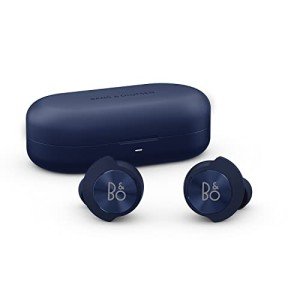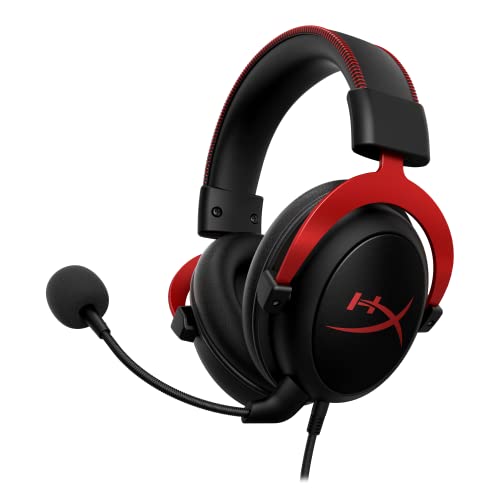The Evolution and Innovation of Headphones: A Comprehensive GuideHeadphones have actually transformed from primary audio gadgets into advanced gizmos that blend technology with personal listening preferences. As a staple in modern-day sound experiences, headphones come in different styles, innovations, and specs, accommodating diverse audiences– from casual listeners to audiophiles and professionals. This article explores the advancement of headphones, their types, key technological advancements, best practices for use, and answers to frequently asked questions.A Brief History of HeadphonesThe origins of headphones can be traced back to the late 19th century when they were developed to assist wire operators send and receive messages more successfully. Over the decades, the style and functionality of headphones have developed remarkably. YearTurning point1910First stereo headphones are established.1958John C. Koss creates the first open-back headphones.1980The Walkman promotes portable headphone usage.2000sRise of in-ear headphones and Bluetooth innovation.2020sIntroduction of noise-cancellation and wise headphones.The shift from bulky styles to compact and ergonomic models highlights the market’s adaptability to consumer needs and technological developments.Types of HeadphonesHeadphones can be categorized into numerous types, each offering distinct functions and advantages. Below are the primary types of headphones available in the market:1. Over-Ear headphones shop
- Meaning: These headphones fully cover the ears with cushioned ear cups.
- Advantages:
- Superior sound quality
- Boosted noise isolation
- Comfy for long-lasting wear
- Drawbacks:
- Bulky and not portable
- Can cause heat accumulation during extended use
2. On-Ear Headphones
- Meaning: These headphones rest on the ears rather than covering them entirely.
- Benefits:
- Lightweight and portable
- Typically more affordable
- Downsides:
- Less reliable at noise seclusion
- Can become uncomfortable after extended use
3. In-Ear Earbuds
- Meaning: Compact headphones that fit directly into the ear canal.
- Benefits:
- Highly portable
- Good sound quality for their size
- Drawbacks:
- May cause ear discomfort over prolonged usage
- Cable television tangling concerns unless utilizing wireless versions
4. Wireless Headphones
- Meaning: Headphones that link to audio sources via Bluetooth.
- Advantages:
- Tangle-free experience
- Convenient for movement and travel
- Downsides:
- Battery dependency
- Possible connectivity issues
5. Noise-Cancelling Headphones
- Definition: Headphones geared up with technology to minimize unwanted ambient sounds.
- Advantages:
- Ideal for travel and loud environments
- Enables immersive listening experiences
- Downsides:
- Typically more pricey
- May require battery power for ideal performance
Secret Technological AdvancementsThe headphone market has actually experienced significant technological developments that boost user experiences and audio quality. Some noteworthy innovations consist of:
- Bluetooth Technology: This has changed headphone connectivity, supplying smooth combination with smartphones and other devices.
- Active Noise Cancellation (ANC): Advanced algorithms permit headphones to discover and combat external sound, providing listeners an uninterrupted audio experience.
- Voice Assistant Integration: Many modern-day headphones support voice assistants, allowing hands-free operation and smart home control.
- Outstanding Battery Life: Enhanced battery innovation has actually resulted in longer playtime and faster charging abilities.
Tips for Choosing the Right HeadphonesChoosing the best pair of headphones can be an overwhelming job provided the range of choices available. Here are some pointers to assist simplify the procedure:
- Identify Usage Needs: Determine where and how you will use headphones (e.g., commuting, exercise, home listening).
- Consider Audio Quality: For audiophiles, look for headphones with high impedance for exceptional sound efficiency.
- Examine Comfort Levels: Try on various styles to ensure a proper fit, especially if you prepare to wear them for long periods.
- Assess Noise Isolation Features: If you often use headphones in loud environments, consider noise-cancelling options.
- Examine Battery Life: For wireless headphones, longer battery life can make a considerable distinction in convenience.
- Research Study Brand Reputation: Opt for well-reviewed brands known for quality and client service.
Maintenance and Care for HeadphonesTo make sure durability and optimum performance, it is vital to care for your headphones appropriately. Think about the following practices:
- Store headphones in a protective case to prevent damage.
- Routinely clean ear cups and ear ideas to remove dirt and germs.
- Avoid exposing headphones to severe temperatures or moisture.
- Manage the cord thoroughly to avoid tearing if utilizing wired headphones.
Regularly Asked Questions (FAQs)Q1: What is the difference between active and passive noise cancellation?A1: Active sound cancellation uses microphones and speakers to neutralize external noises, while passive noise cancellation counts on the physical style to obstruct noise, generally through cushioning and seals. Q2: Can I utilize wired headphones wirelessly?A2: Yes, with using Bluetooth adapters, wiredheadphones can be transformed to wireless, although this mightimpact audio quality. Q3: How do I know if my headphones are high quality?A3: Look for evaluations, test them for sound clarity and convenience, and examine the specs for develop products and driver size. Q4: What features must I focus on if I plan on working out with headphones?A4: Seek sweat-resistant styles, protected fit, and resilience to withstand strenuous activity. Wireless alternatives are often more suitable to avoid tangling. The world of headphones is extensive and continuously developing, supplying users with varied
options and innovations to enhance their listening experiences. By understanding the various kinds of headphones and their developments, consumers can make educated choicesthat accommodate their specific requirements. Whether it’s for casual listening or professional use, the ideal pair of headphones can profoundly affect how people get in touch with their music, podcasts, or calls, making the journey– among discovery and pleasure.










